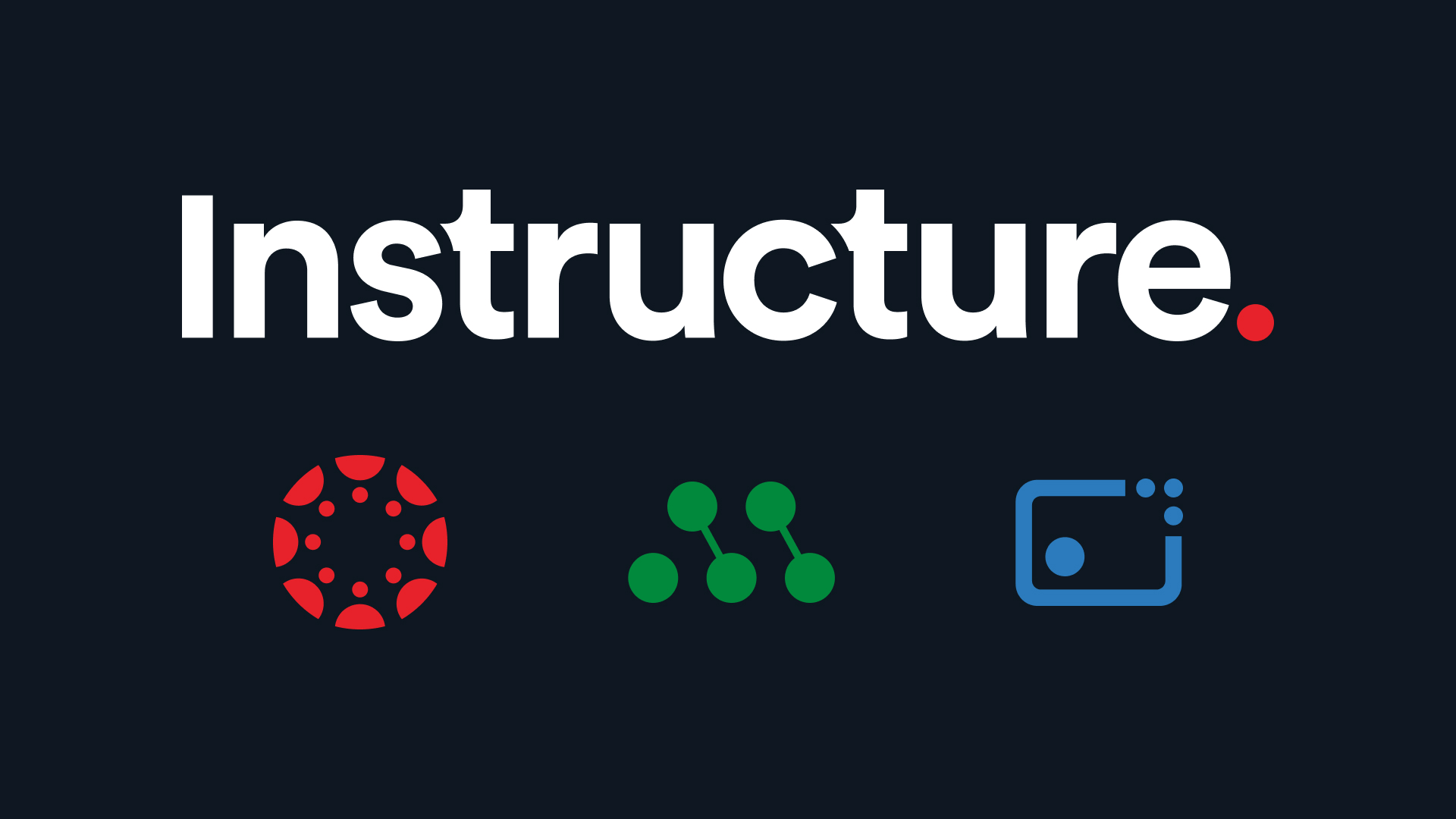Students are changing how they define academic success. In response, higher education institutions are shifting to a consumer-based approach, prioritizing student demands and needs. Modern students seek a healthy school-life balance, skill-based learning opportunities, and promising educational investment returns. In an effort to meet demands, institutions are implementing human-centered design strategies to provide students with a quality academic experience, driving student-centric learning. Human-centered design is an innovative problem-solving tool producing solutions based on human science pedagogy. Administrators, educators, and instructional designers are implementing human-centered principles to refine the learning process.
At a glance, human-centered design in education:
- Helps educators and institutions develop academic solutions
- Shifts focus to students, the consumers
- Embeds human pedagogy into the learning process
- Builds trust between students and their higher education institutions
- Increases student engagement and retention
- Reduces bias in the classroom
Take a look at the principles of human-centered design guiding modern instruction.
Principles of Human-Centered Design in Education
Consider these six principles to improve the student experience.
1. Empathize with Learners: Empathy is the key to designing an effective learning process that supports students, nurturing their academic success. Through objective observation and practice, educators can deduce what learners need. Consider students' prior knowledge, personal academic goals, and approaches to learning.
2. Evolve the Learning Process: With changing student needs, evolving educational technologies, and a shift in academic demand, educators are adapting strategies to best support instructional transitions. Having digital fluency also benefits both faculty and students as technology continues to advance in academia.
3. Understand Educational Context: Addressing specific student needs improves the overall success of the learning community. Context applies to the student's situational needs and approaches to learning. Traditional and non-traditional students can have different academic goals and experiences; however, designing instruction with context ensures each student is accommodated.
4. Provide Equitable Access: Providing equitable and inclusive instruction addresses diverse needs, offering access to all learners. Students with auditory, visual, motor, or cognitive impairments require quality instruction in face-to-face and digital learning spaces. Accessibility also extends beyond a student’s sensory or personal learning needs, ensuring academic opportunity and achievement across various student populations.
5. Offer Student-Centered Instruction: Quality instruction reflects the learner's interest, builds on their prior knowledge, and encourages engagement, supporting the student's educational goals. Student-centered instruction personalizes the learning experience and pace, empowering students to take ownership of their learning journey.
6. Assess Student Progress: Assessment helps educators evaluate where students are in the learning process. Insights highlight the learner's strengths and weaknesses, improving the educator's approach to personalized learning.
Integrating human-centered design principles can prove challenging without a standard approach or process. Look at the 3 I’s of human-centered design for ways to incorporate effective principles and strategies in a higher-education institution.
The 3 I’s of Human-Centered Design for Academia
Adapting human-centered design to facilitate instruction is a nonlinear process divided into three core phases. Institutions, educators, and instructional designers are implementing this common practice in product design. Discover how the three phases support human-centered design in higher education.
Inspiration: Identifying student needs and motivators drives instructional strategy, pushing learning methods to best support students. In the inspiration phase, research is conducted, and data is collected. Institutions and educators obtain student feedback through polls and surveys, etc., to better understand their learners.
Ideation: Student data and input is organized, reflecting the current state of higher education. Changing educational and student demands is used to offer solutions to academic challenges. The ideation phase synthesizes feedback and develops insights, producing modern adapted approaches to learning.
Implementation: Learning environments constantly evolve, requiring instructional processes to adapt quickly. Student performance and feedback is used to implement strategies that best support learners, leaving room for further revisions when needed.
Successful human-centered design relies on listening to student demands and remaining vigilant to the shifting state of higher education. Take a look at what modern students expect from their educational experience.
Humanizing Instruction with Student-Centric Learning
As the goalpost for student success continues to change, learners need flexible and student-centric instruction to support their achievement. Student-centric learning focuses on the student's needs and goals, providing more autonomy and leadership in their education. In support, institutions are increasing their focus on career readiness, skill competency, and holistic development to meet learner needs. As students demand more control and transparency over their education, learning institutions prioritize them as consumers. Four common student-centric demands include:
- Engaging, collaborative, and immersive learning environments
- Convenience and self-service with more control over their academic choice
- Support and appropriate interventions to eliminate barriers to success
- Control and transparency over their data
Read on for ways to meet student demands by understanding the key elements of student-centric learning.
Elements of Student-Centric Learning
Educators can support student-centric learning by implementing the following elements in both their curriculum and teaching style:
Competency-Based Education (CBE): With CBE, educators support their learners through skill-based instruction, constructive feedback, and providing real-world projects. Students can then demonstrate mastery of learning outcomes at their own pace, progressing when ready and building on their knowledge base.
Student Ownership: A personalized approach to instruction pushes students to take ownership of their learning journey. Students are encouraged to pursue academic interests that best fit their goals.
Positive Relationships: A positive learning environment provides healthy collaboration and community engagement. Students benefit from a professional relationship with peers and faculty. Provide networking opportunities that align with student goals.
Positive Identity: Understanding the student as an individual supports their growth, motivating them to develop a sense of identity in their academic communities.
Relevancy: Provide students with quality instruction relevant to their career goals. Students value real-world experiences and projects, increasing their future occupational prospects.
Flexibility: Each learner has their unique circumstances, pushing a need for accessible and equitable learning. Online and mobile learning has increased educational access, providing more learners with opportunities.
Health & Wellness: The student's physical and psychological health impacts their studies, proving its importance in educational communities. Institutions offer counseling and medical care, considering the student's basic and foundational needs.
In the 2022 State of Higher Education survey, 90% of faculty and students reported access to digital tools and learning resources has a major impact on the student experience. See how a learning management system and other digital tools can facilitate student-centric learning.
Supporting Student-Centric Learning with an LMS
Learning management systems help educators enrich instruction, maintain an effective learning approach, and build better student relationships. Canvas LMS helps institutions keep up with the changing academic ecosystem, focusing on innovation and a customizable approach to learning.
Here is a quick look at how Canvas LMS enhances student-centric learning:
- Offers convenience and access to learning
- Incorporates human-centered and instructional design strategy
- Opens communication, driving collaboration and engagement
- Integrates well with other digital learning tools to improve instruction
- Shows student performance and insights in real-time
- Increases transparency between institutions, educators, and students
- Secures student data and keeps private information confidential
Using Digital Tools to Humanize Learning
Appeal to higher ed learners by designing human-centered courses, teaching with student-centric instructional strategies, and preparing learners for a technology-enhanced workforce. Learn more about strengthening the student experience through student-centric learning.
Related Content
 inst-3step.jpg
inst-3step.jpgBlogs

Blogs
 digging_deep_into_2025s_learning_trends_the_state_of_higher_education_in_anz_-_thumbnail_1.png
digging_deep_into_2025s_learning_trends_the_state_of_higher_education_in_anz_-_thumbnail_1.pngBlogs

